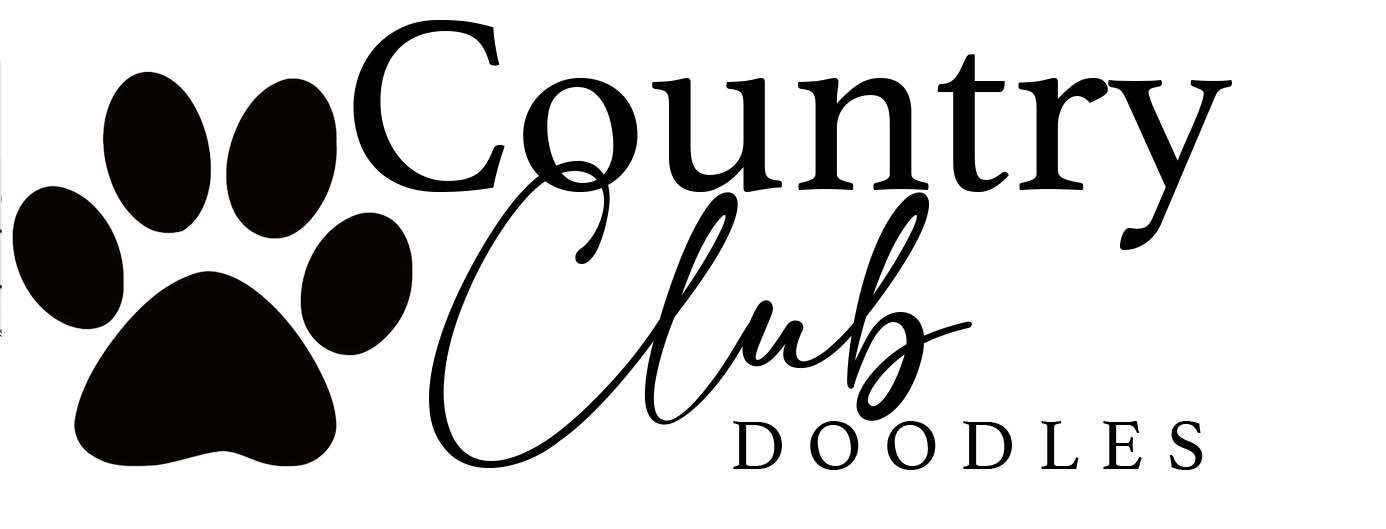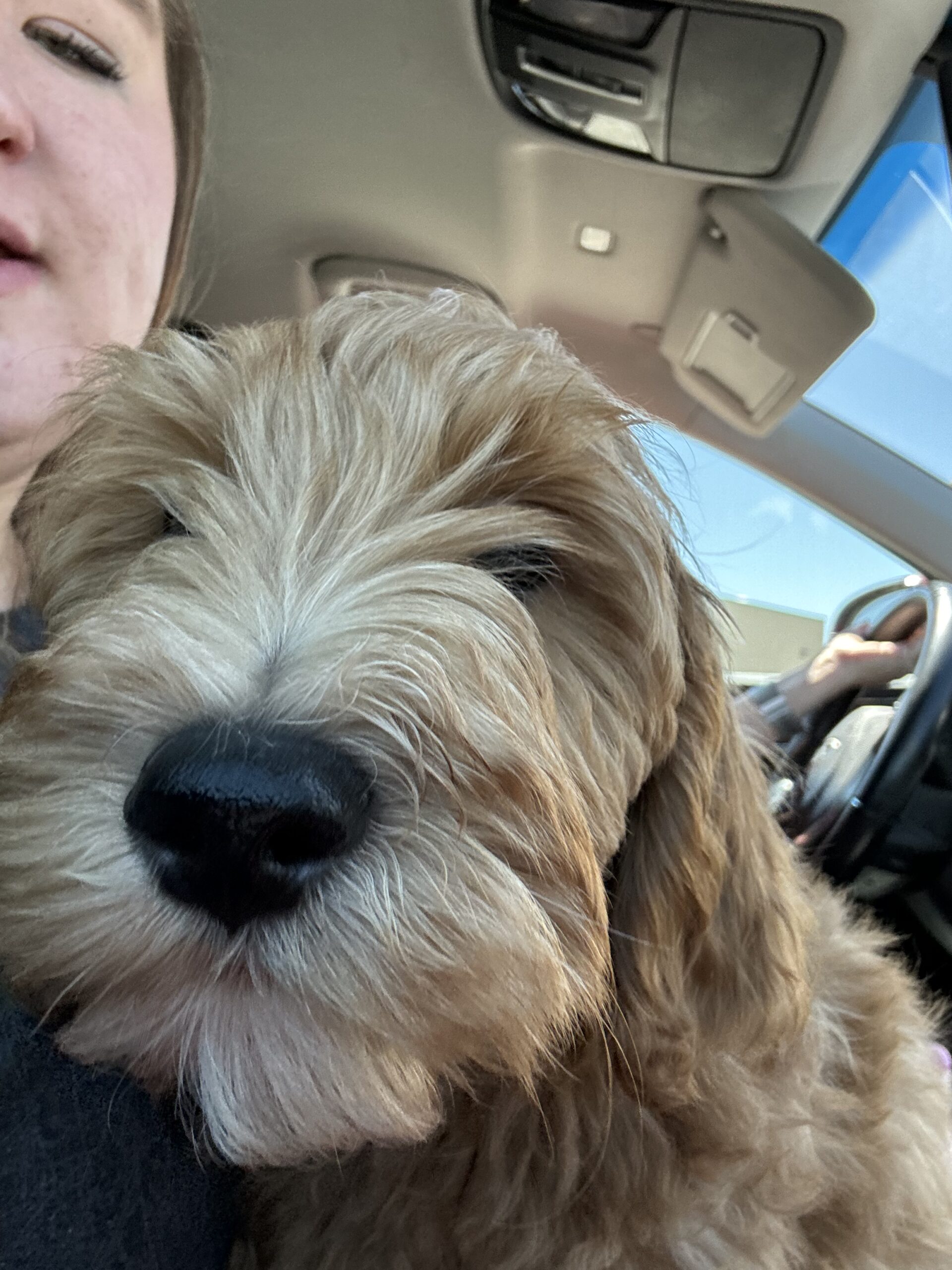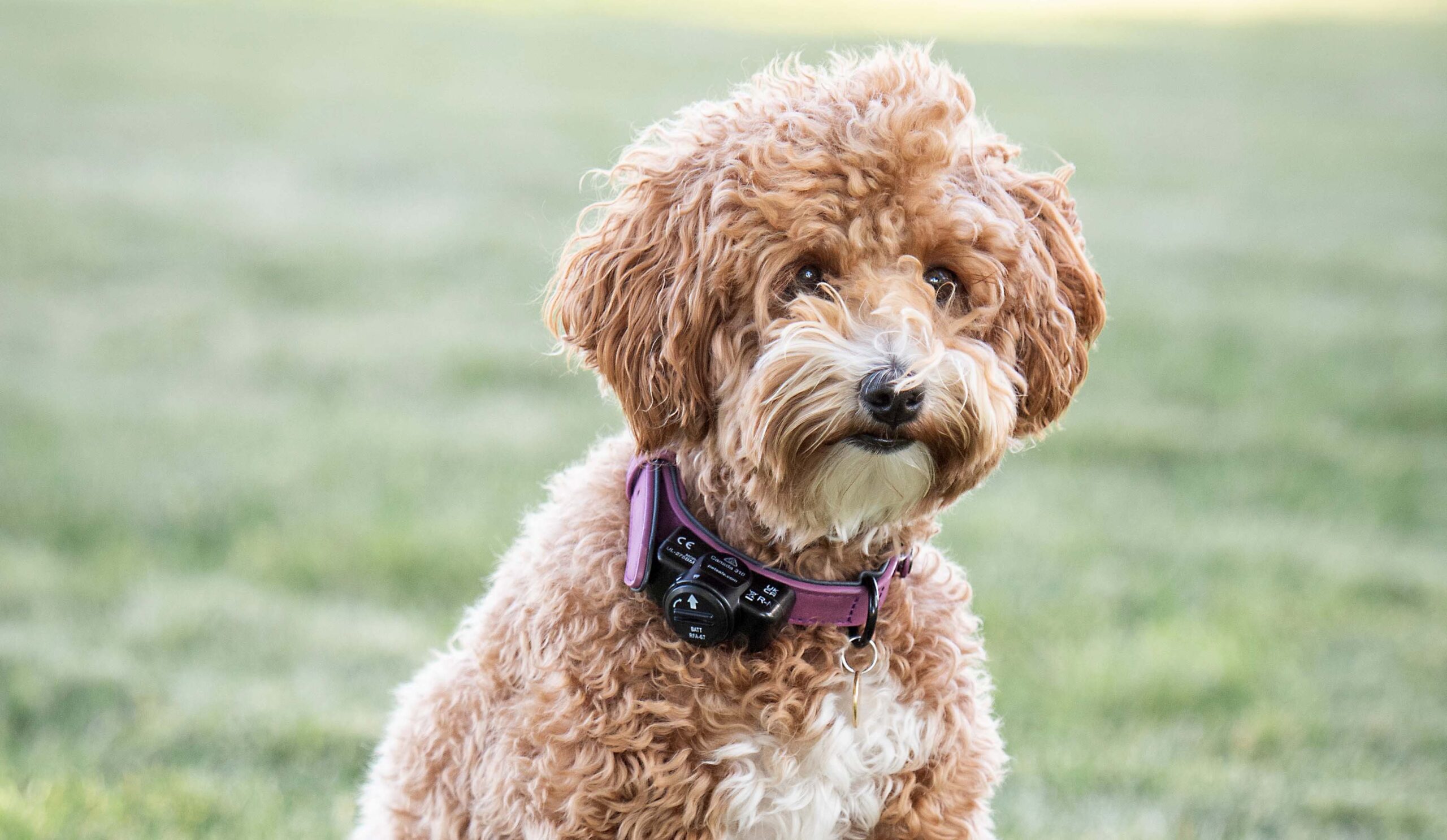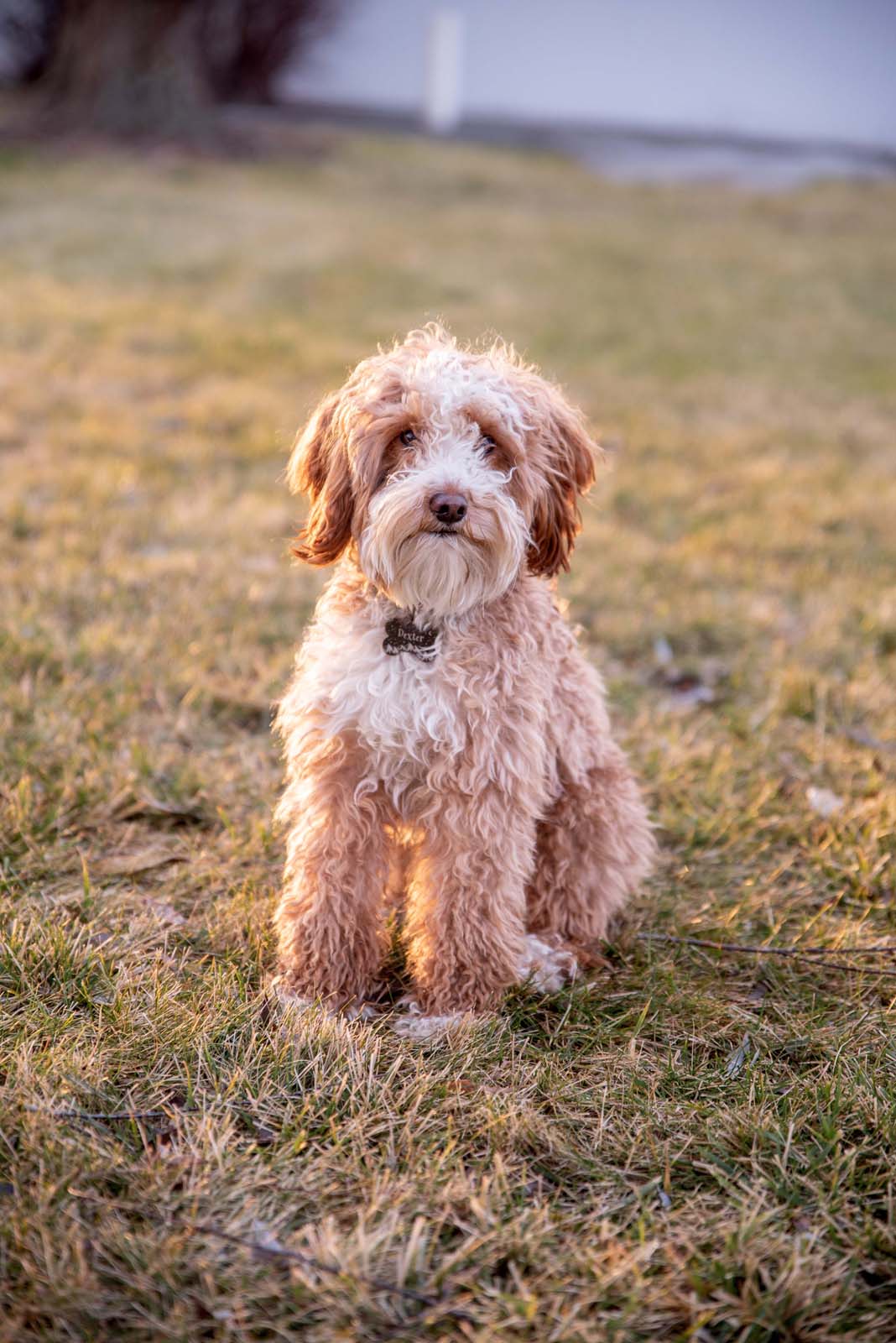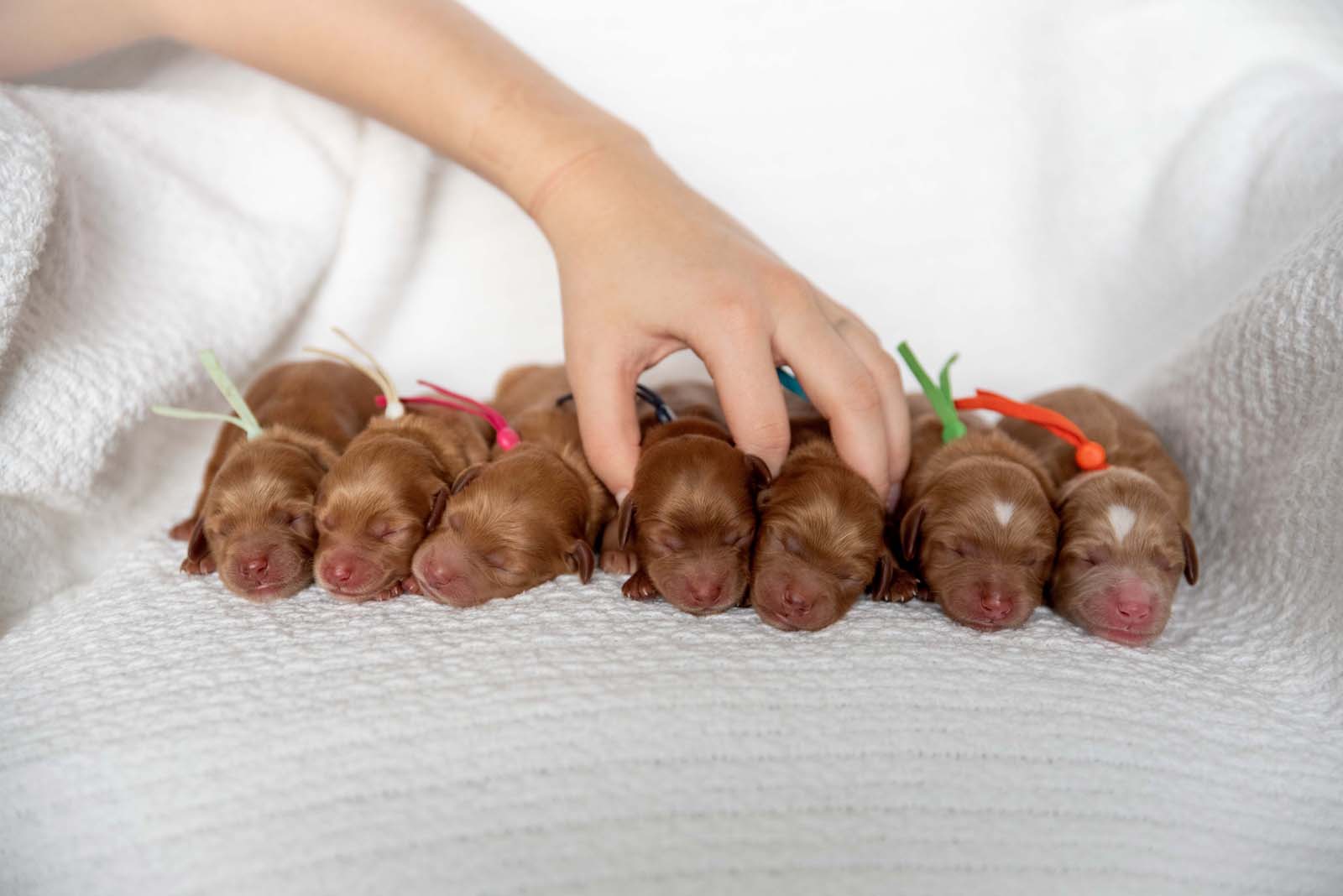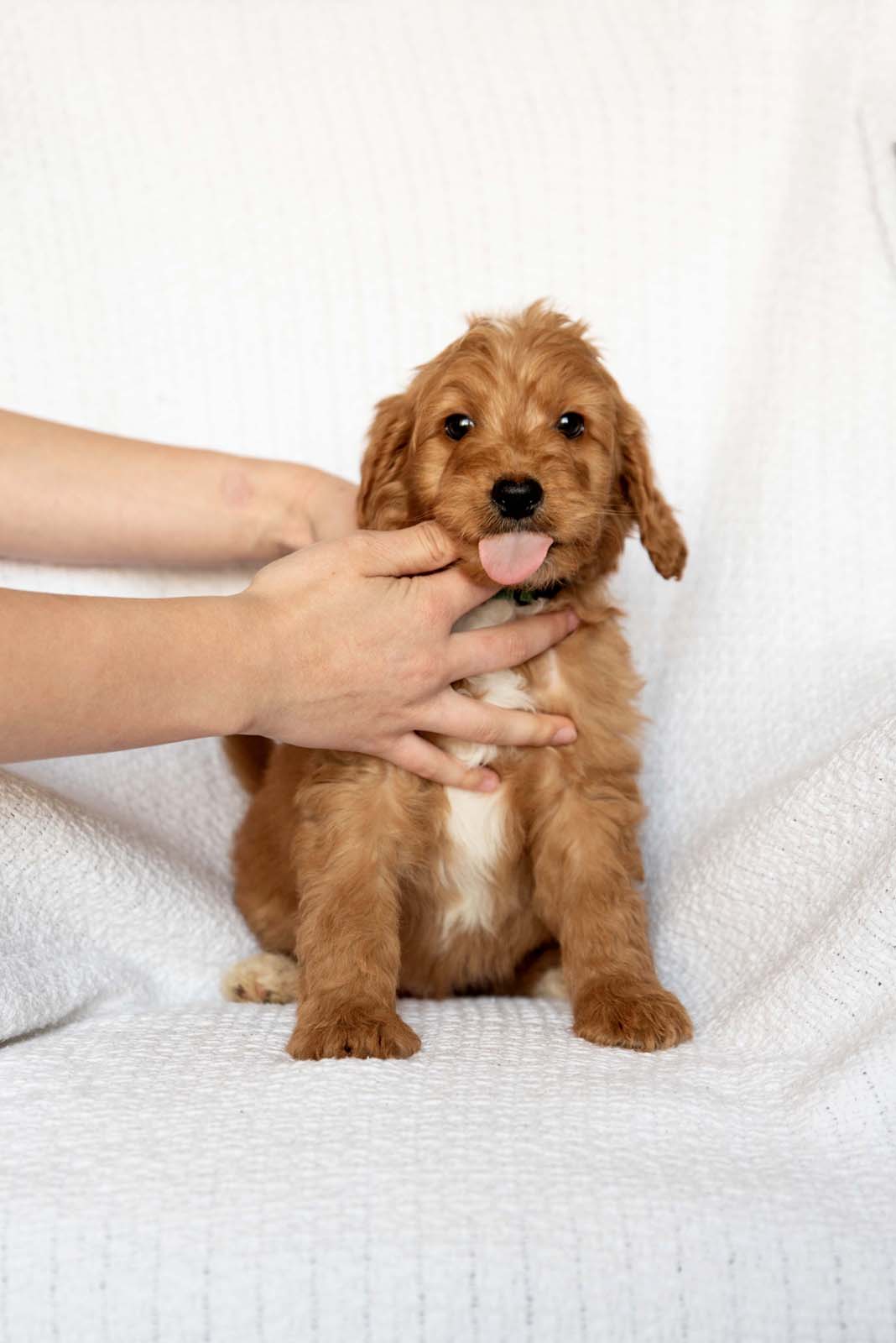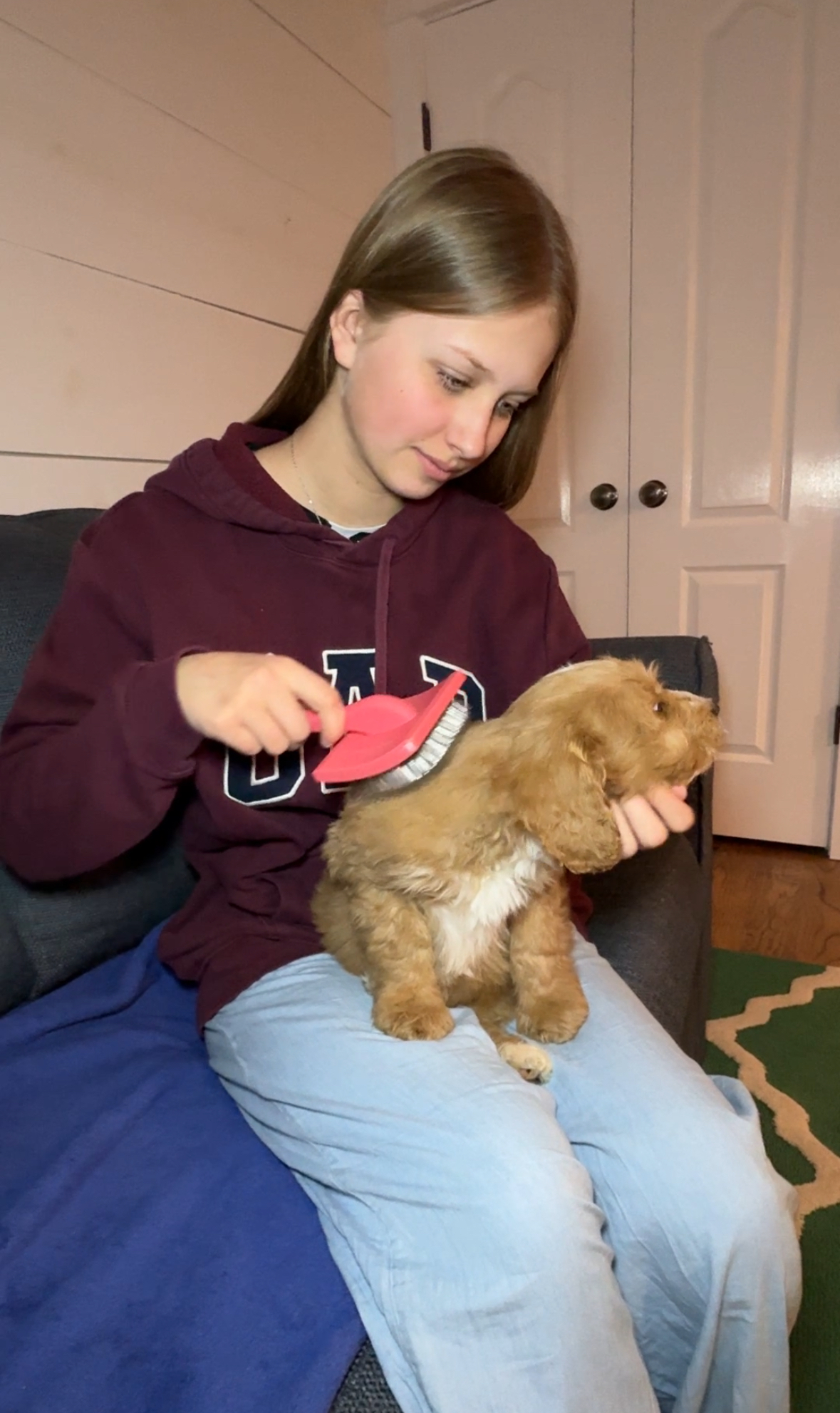Bringing home a new puppy is an exciting and joyful experience. However, it also comes with the responsibility of training your furry friend to ensure they grow into a well-behaved and happy dog. Teaching basic training commands early can make a world of difference in communication, obedience, and safety. In this guide, we’ll cover essential training commands every puppy should learn and provide tips to make the training process successful.
Why Basic Commands Are Important
Training your puppy is more than just teaching tricks; it’s about establishing a foundation for good behavior. Basic commands help with:
- Strengthening the bond between you and your puppy.
- Improving safety by ensuring your dog listens in critical situations.
- Reducing behavioral problems like jumping, barking, and chewing.
- Enhancing socialization with people and other animals.
Essential Puppy Training Commands
Here are the fundamental commands every new puppy should learn:
1. Sit
Why it’s important: “Sit” is one of the easiest and most useful commands. It helps manage your puppy’s excitement and encourages calm behavior.
How to train:
- Hold a treat close to your puppy’s nose.
- Slowly move your hand upward, allowing their head to follow while their bottom naturally lowers.
- Once seated, say “Sit” and reward them with a treat and praise.
- Repeat several times daily until they master the command.
2. Stay
Why it’s important: Teaching your puppy to stay helps with impulse control and prevents them from running into dangerous situations.
How to train:
- Start with your puppy in the “Sit” position.
- Hold up your hand, palm forward, and say “Stay.”
- Take a step back, then return and reward them if they remain in place.
- Gradually increase the distance and duration before giving the treat.
3. Come
Why it’s important: The “Come” command is crucial for safety, ensuring your dog returns to you in any situation.
How to train:
- Use a leash and crouch to your puppy’s level.
- Say “Come” in a cheerful tone while gently pulling the leash.
- When they reach you, reward them with praise and treats.
- Practice in a safe, enclosed area before trying it off-leash.
4. Down
Why it’s important: “Down” is a great command for keeping your puppy calm and preventing jumping or overexcitement.
How to train:
- Hold a treat near your puppy’s nose and lower it to the ground.
- As they follow the treat, encourage them to lie down and say “Down.”
- Reward them once they are in position and repeat the process.
5. Leave It
Why it’s important: This command helps prevent your puppy from picking up harmful objects or eating unsafe food.
How to train:
- Hold a treat in both hands.
- Show one hand with the treat and say “Leave it.”
- When your puppy stops trying to grab it, reward them with the treat from the other hand.
- Increase difficulty over time by placing the treat on the floor and covering it with your hand.
6. Heel
Why it’s important: “Heel” teaches your puppy to walk nicely beside you without pulling on the leash.
How to train:
- Start walking with your puppy on a leash.
- Use treats and a verbal cue like “Heel” to encourage them to walk beside you.
- Reward them when they stay in position.
- Practice in a distraction-free environment before trying in busy areas.
Training Tips for Success
- Keep training sessions short – Puppies have short attention spans, so 5-10 minute sessions work best.
- Use positive reinforcement – Reward good behavior with treats, praise, or playtime.
- Be consistent – Use the same commands and rewards to avoid confusion.
- Train in different environments – Practice commands in various settings to help your puppy generalize their training.
- Be patient and have fun – Training should be an enjoyable bonding experience.
Final Thoughts
Training your new puppy with basic commands is essential for building a strong foundation of obedience and trust. By being consistent, patient, and positive, you can set your puppy up for a lifetime of good behavior. Start early, make training sessions enjoyable, and watch your pup grow into a well-mannered companion!
Do you have any training tips or success stories? Share them in the comments below!
